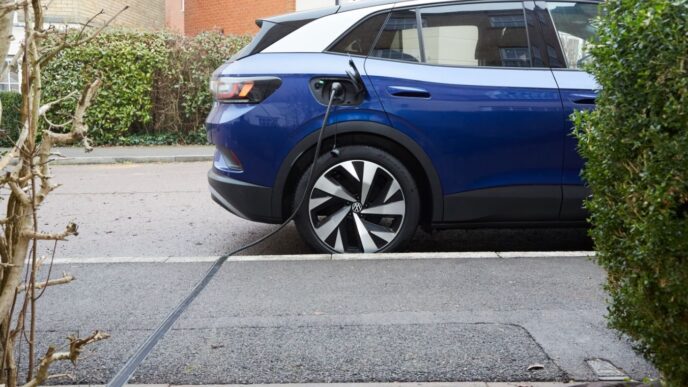Electric vehicles (EVs) are becoming an increasingly popular choice for environmentally conscious consumers, but for those living in apartments, charging infrastructure can be a significant challenge. Unlike detached homes, where owners can easily install private chargers, apartment dwellers often face unique obstacles when it comes to accessing reliable and convenient charging solutions.
The Challenges of EV Charging in Apartments
One of the primary issues is the lack of dedicated parking spaces with existing electrical infrastructure. Many apartment buildings were designed before the widespread adoption of EVs, meaning they lack the capacity to support chargers. This creates a need for retrofitting, which can involve upgrading electrical panels, installing new wiring, and ensuring that charging infrastructure complies with safety and building regulations.
Cost is another hurdle. Installing EV chargers in apartment complexes can be expensive, especially if significant electrical upgrades are required. The responsibility for these costs often falls into a grey area: should tenants pay for the installation, or is it the landlord’s responsibility? This lack of clarity can delay projects or lead to disagreements between stakeholders.
Finally, the issue of accessibility comes into play. Even if chargers are installed, there’s the question of how to allocate their use fairly among tenants. Without proper planning and management systems, this could lead to disputes or even discourage EV adoption.
Emerging Solutions for Apartment Charging
Despite the challenges, there are innovative solutions emerging to support EV charging in apartment settings. One such solution is shared or communal charging stations. These can be installed in common parking areas and managed using software platforms that allow residents to book time slots, monitor energy usage, and handle payments seamlessly.
Smart charging systems are also gaining traction. These solutions can balance energy demand across multiple chargers to prevent overloading the building’s electrical capacity. They can also integrate with renewable energy sources, such as solar panels, to reduce costs and enhance sustainability.
Government incentives and grants are playing a crucial role in accelerating EV infrastructure development in residential buildings. In the UK, for example, the Office for Zero Emission Vehicles (OZEV) offers funding for landlords and building owners to offset the cost of installing EV chargers.
The Future of Apartment EV Charging
As EV adoption grows, the pressure to provide accessible charging in apartment complexes will only increase. Developers are already recognising this trend, with many new-build apartments incorporating EV-ready infrastructure as a standard feature. For older buildings, retrofitting will likely become more commonplace as governments and local councils push for widespread electrification of transport.
Moreover, the rise of wireless charging technology could revolutionise the way EVs are powered in shared spaces. While still in its early stages, this technology eliminates the need for physical connections, making it an attractive option for high-density living environments.
In conclusion, while EV charging in apartments presents challenges, innovative solutions and forward-thinking policies are paving the way for greater accessibility. As infrastructure evolves, apartment dwellers can look forward to a future where owning and charging an EV is as straightforward as parking their car.














